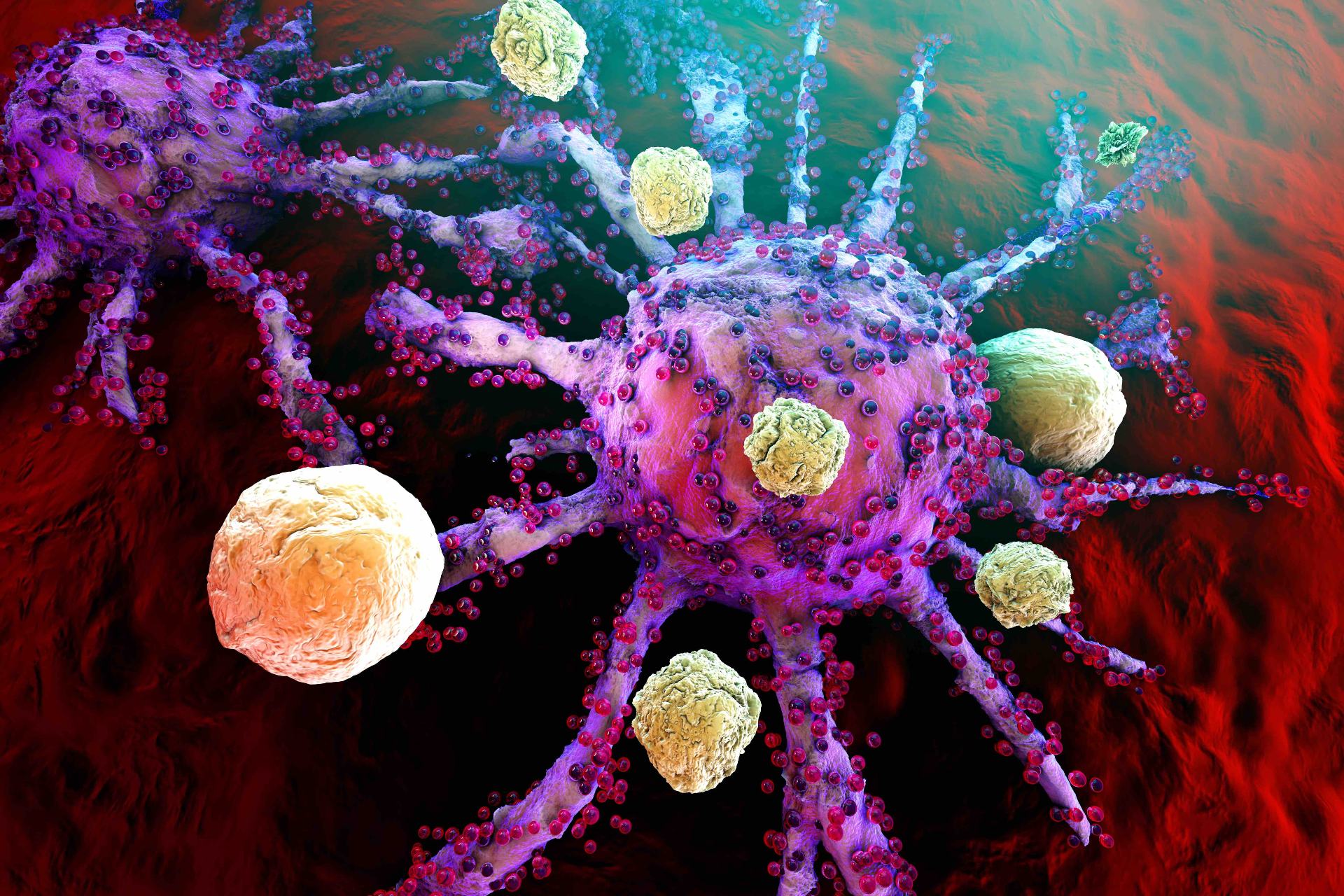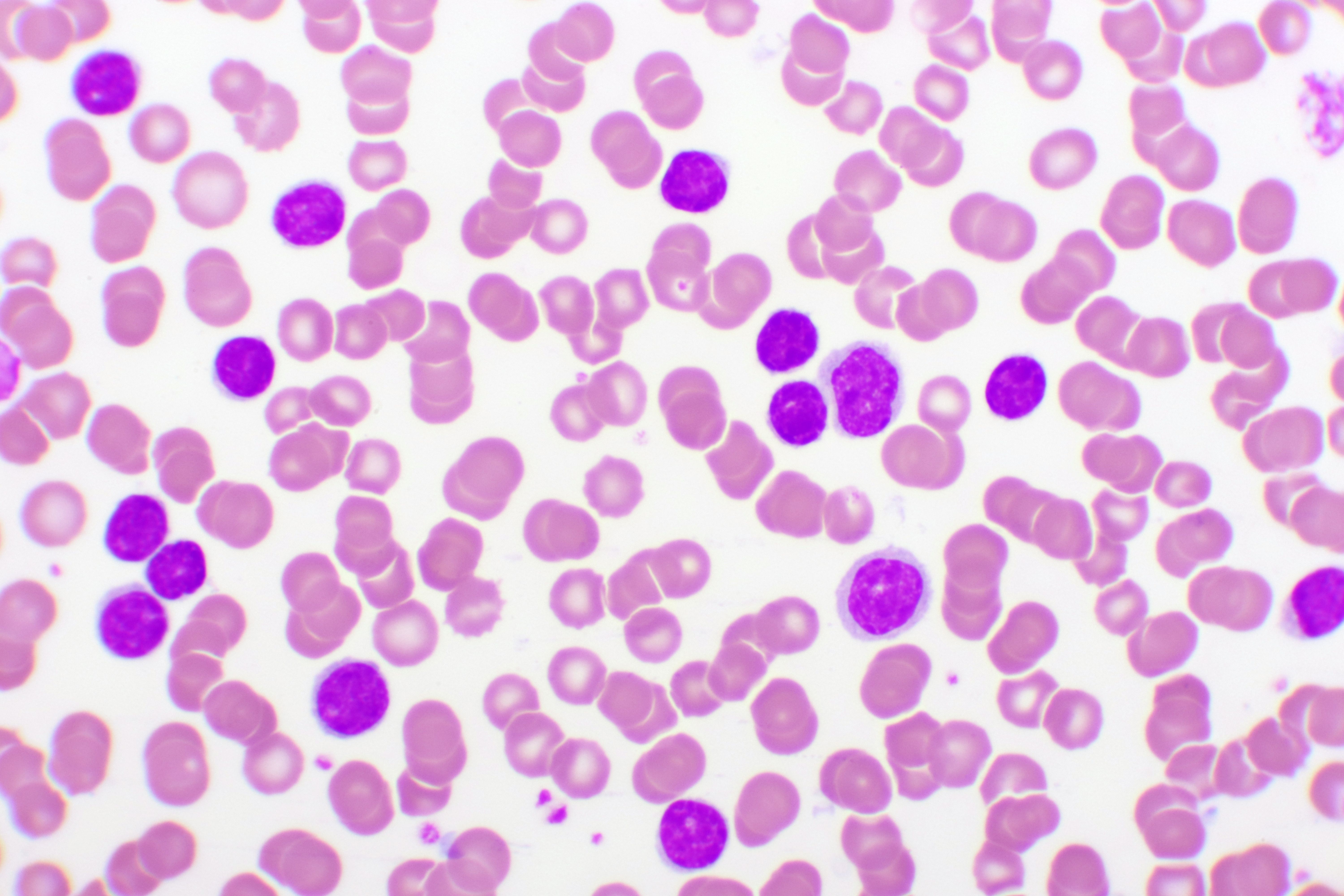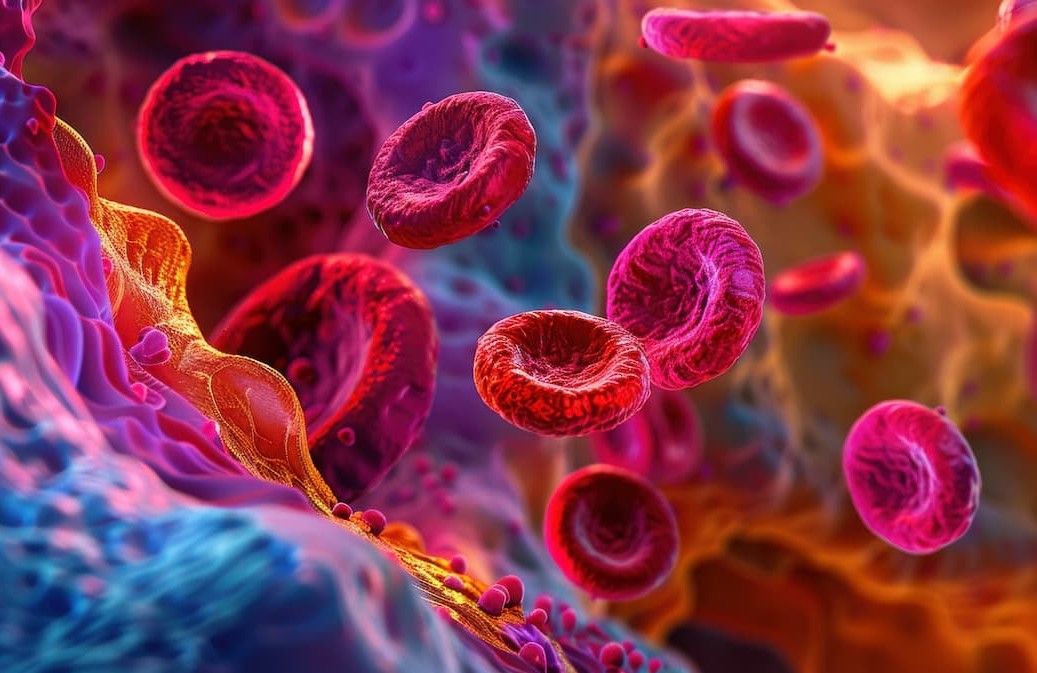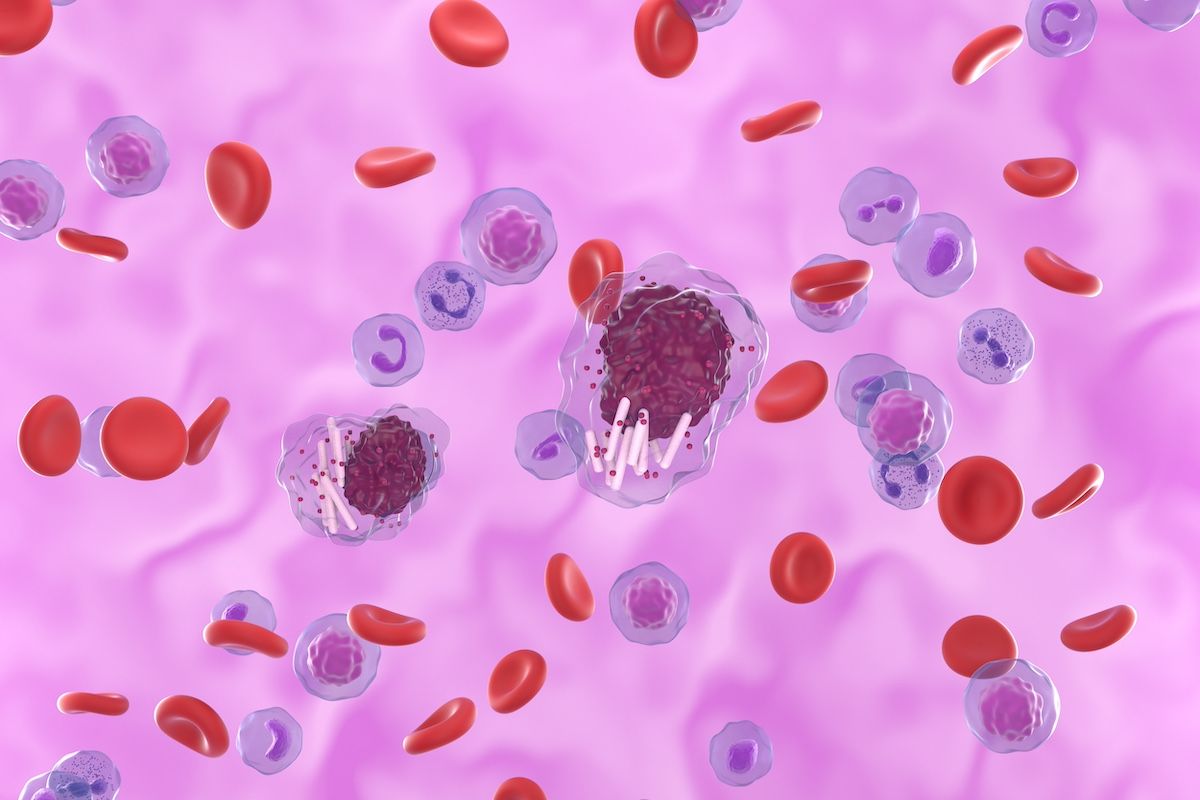News
Article
Top 5 Most-Read CLL/SLL Articles of 2024
Author(s):
This year’s most-read articles on chronic lymphocytic leukemia (CLL) and small lymphocytic lymphoma (SLL) explored treatment adherence patterns, patient symptom assessment, research on treatment efficacy, and more.
The top 5 most-read articles about chronic lymphocytic leukemia (CLL) and small lymphocytic lymphoma (SLL) on AJMC.com this year included findings on potential sequelae of these hematological malignancies, as well as research on how to support patients.
Here are the 5 most-viewed CLL/SLL pieces of 2024.
5. Real-World Study Confirms Efficacy of Venetoclax Alone, After BTKi Therapy in CLL
According to this summary of findings shared at the 2023 American Society of Hematology (ASH) Annual Meeting & Exposition, venetoclax was safe and effective for patients with CLL who had previously taken a Bruton tyrosine kinase inhibitor (BTKi). The analysis or real-world data from 23 centers worldwide included 2020 patients, 1287 of whom had received a BTKi in a prior line of therapy. Of these, 184 initiated venetoclax-based therapy (115 as monotherapy and 69 in combination with rituximab or obinutuzumab). The findings that the objective response rate was 78.0% among the 127 patients with a response support the use of venetoclax as a therapeutic option in this setting, the researchers said.
Findings published this year confirmed the benefit of new therapies and combinations to improve outcomes for patients with CLL and SLL.| Image Credit: © momius - stock.adobe.com

4. Study Supports Use of EORTC Item Library to Assess Lymphoma Symptoms
This article reports on study findings that show patients and clinicians are largely satisfied with use of the European Organization for Research and Treatment of Cancer (EORTC) Item Library to assess patient-reported symptoms of diseases including CLL, SLL, and mantle cell lymphoma. The mixed-methods study included a literature review of key symptom concepts, which were confirmed by clinicians, and interviews with 41 participants who reported an array of symptoms and disease-related impacts, such as fatigue. They reported that the EORTC questions were able to accurately describe the range and severity of their symptoms.
3. Risk of Richter Transformation in CLL May Be Lower in Novel Agent Era
Another item covered findings coming out of the ASH meeting, this one suggesting that patients with CLL/SLL treated in the era of novel agents might be less likely to experience Richter transformation (RT) compared with those treated before. RT is a change in disease histopathology from CLL or SLL to aggressive lymphoma, and it carries a poor prognosis, so the finding that its incidence was lower in the novel agent era—defined as starting in February 2014, when the FDA approved ibrutinib for CLL—is welcome news confirming the benefit of new therapies and combinations to improve outcomes for patients with these cancers.
2. Study Explores Treatment Discontinuation Rates, Resource Utilization Among Patients With CLL/SLL
This article summarized data presented at the ASH conference that showed real-world treatment patterns of patients with CLL and SLL between 2020 and 2022. Investigators stratified the treatments by line of therapy and found that discontinuation rates were significantly lower among patients treated with BTKis than with other regimens, such as venetoclax, chemotherapy, and anti-CD20–based therapy, in both the first and second lines. The mean rates of health care resource utilization were also lower in those receiving BTKis. SLL appeared to carry a higher risk of treatment discontinuation and health care resource use.
1. Case Report: COVID-19 Risk in CLL Could Be Exacerbated by Hypogammaglobulinemia
According to our summary of a case study, a patient with CLL experienced a persistent, worsening case of COVID-19 that could be a result of hypogammaglobulinemia secondary to CLL. His immunoglobulin levels were very low, so clinicians started him on intravenous immunoglobulin, which prompted immediate improvement after the first dose and sustained through 2 weeks, at which he finally tested negative for SARS-CoV-2. The study authors attributed this to the low immunoglobulin levels seen in patients with CLL, which can be caused by the disease itself or by treatment including rituximab.





